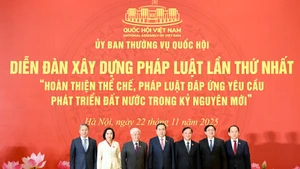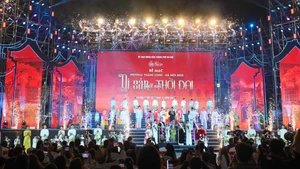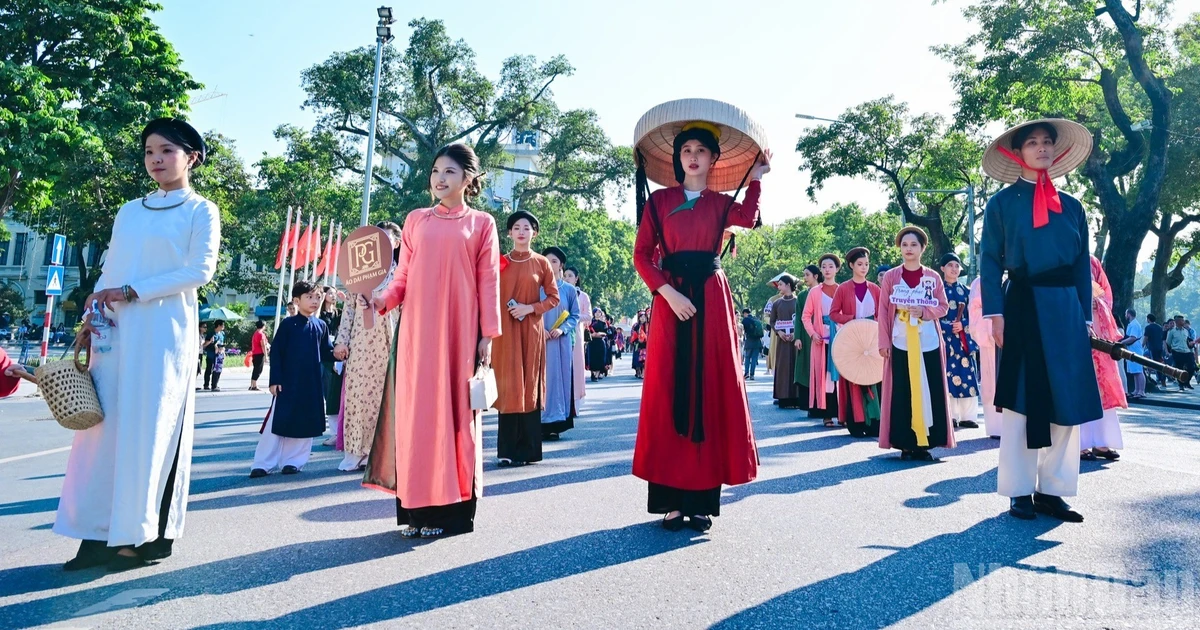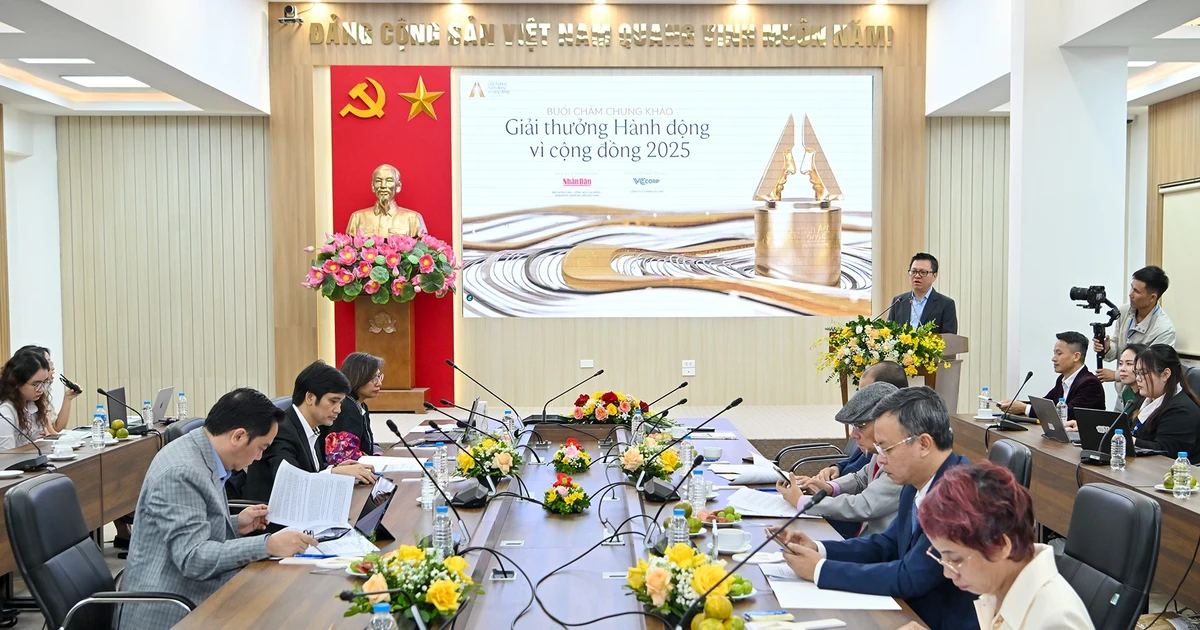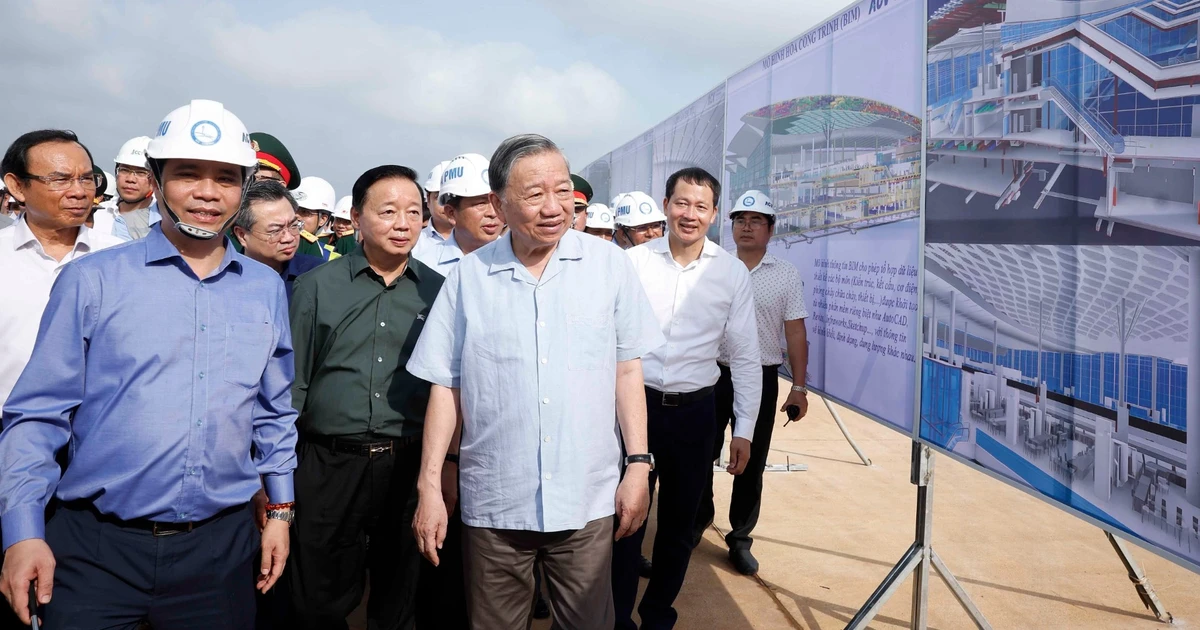The Cu Chi Tunnels relic site is located on Provincial Road 15, Phu Hiep Hamlet, Phu My Hung Commune, Cu Chi District (Ho Chi Minh City).
The tunnels were first constructed during the resistance war against the French and later reinforced during the war against the Americans. The underground network consists of multiple layers and levels, ranging from 3 to 12 metres deep, which stretch over 250 kilometres in length, winding through laterite and clay soil, while connecting with about 500 kilometres of surrounding trenches.
Within the tunnels were facilities such as weapons and food storage areas, water wells, Hoang Cam kitchens (smokeless stoves), command centres, surgery rooms, and engineering workshops — all capable of withstanding powerful bombings. The tunnel passages are extremely narrow, allowing only one person to pass at a time and requiring individuals to crouch low to move through.
The Cu Chi Tunnels encapsulate the ingenuity and adaptability of the Cu Chi military and civilians during decades of fierce and prolonged warfare in their quest for national independence, freedom, and unification.
Today, the Cu Chi Tunnels are preserved in two main areas including Ben Duoc (in Phu My Hung Commune) and Ben Dinh (in Nhuan Duc Commune).
 |
| Within Cu Chi, the secret underground shelters feature various designs, but are mainly hidden below the earth’s surface, with a single entrance just wide enough for a person’s shoulders and small ventilation holes for breathing. When sealed, these entrances were nearly undetectable to enemies walking above. (Photo: a currently preserved tunnel entrance at the Cu Chi Tunnels relic site). |
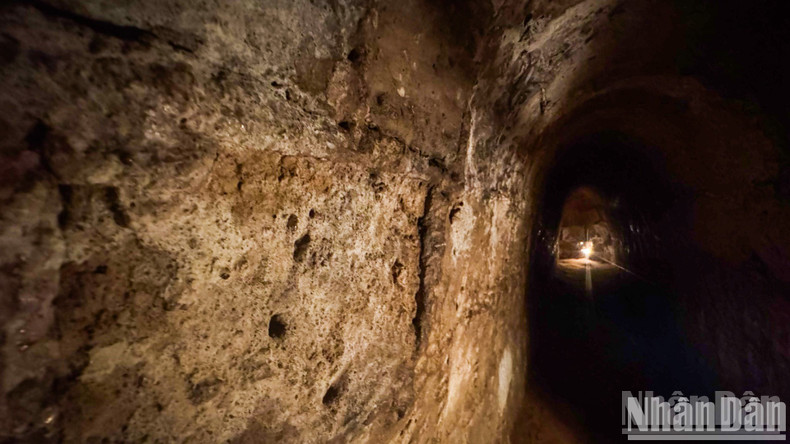 |
| The Cu Chi Tunnels were originally built during the resistance war against the French and later reinforced during the resistance war against the Americans. |
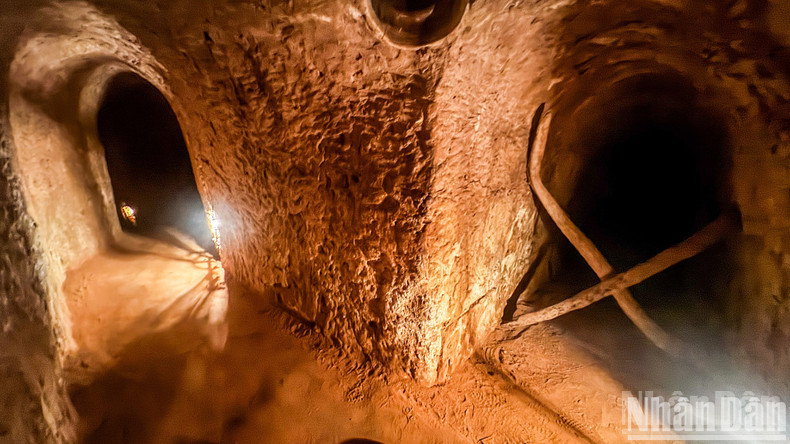 |
| The tunnel system spans multiple levels, ranging from 3 to 12 metres deep, and stretches over 250 kilometres with a maze-like layout, burrowed into the laterite-mixed clay soil, connecting with approximately 500 kilometres of surrounding trenches. |
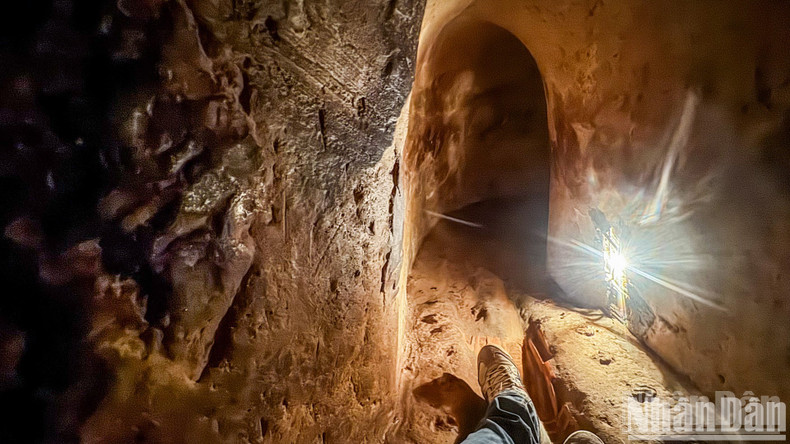 |
| Traces of the Cu Chi Tunnels remain to this day. |
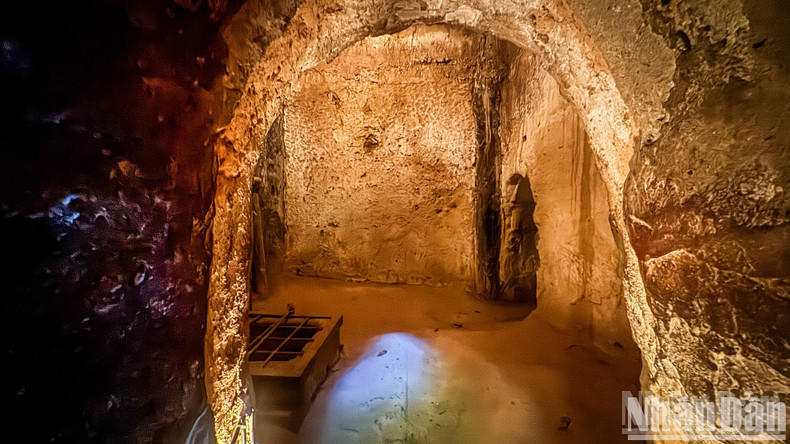 |
| Inside the Cu Chi Tunnels as they appear today. |
 |
| The resting and working bunker of the Commanding Officer inside the Cu Chi Tunnels. |
 |
| The military engineering workshop bunker at the Cu Chi Tunnels historical site. |
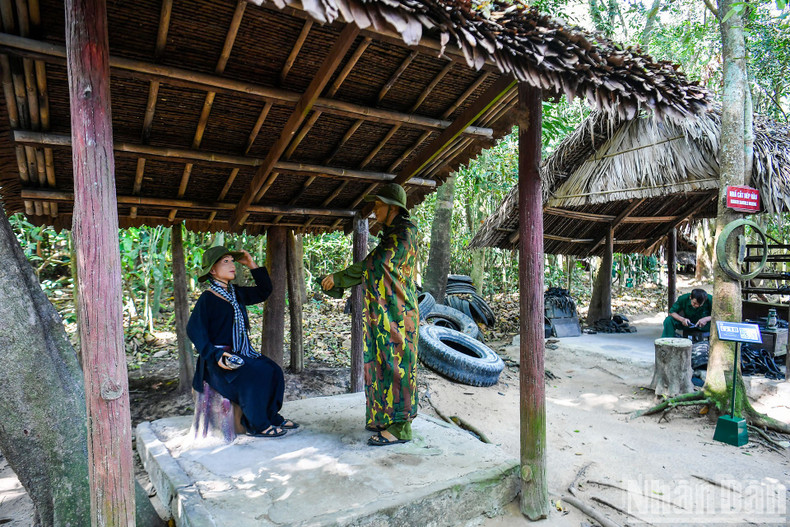 |
| Reenacted scenes depicting life inside the Cu Chi Tunnels. |
 |
| The bunker for surgery deep within the tunnels. |
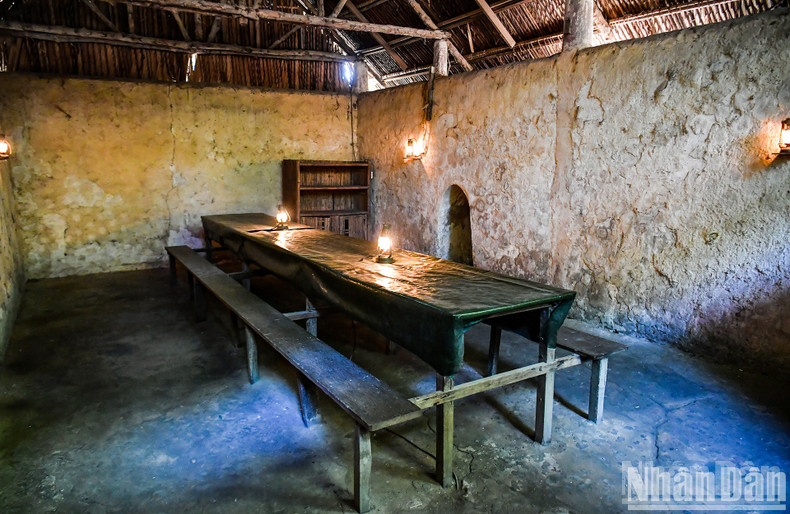 |
| There are still many images that vividly portray life during that time inside the Cu Chi Tunnels. |
 |
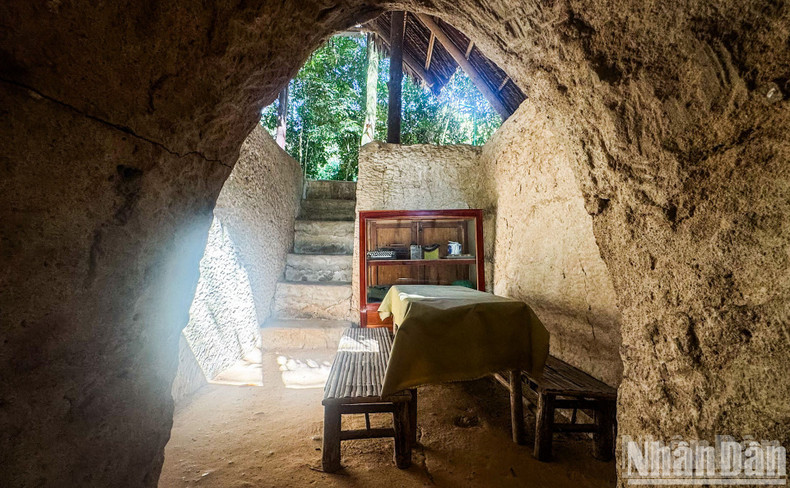 |
| Life inside the Cu Chi Tunnels was extremely difficult. |
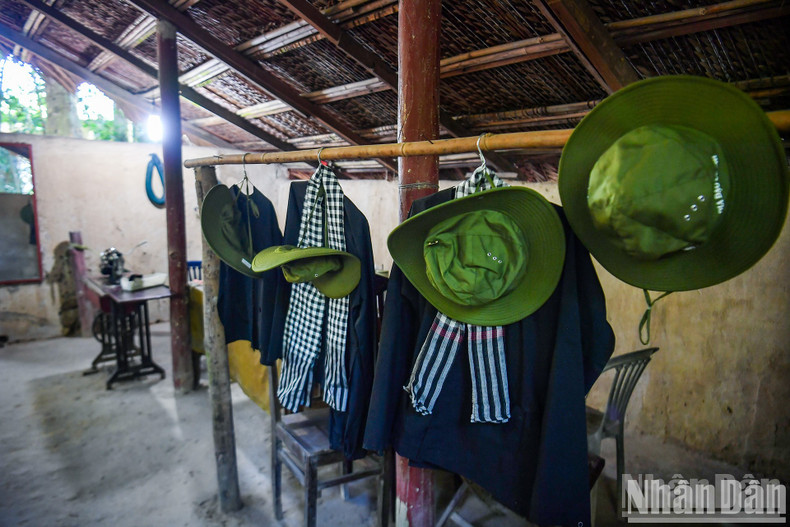 |
| Essential wartime items such as the wide-brimmed soldier’s hat and the checkered scarf (khan ran) continue to be kept. |
 |
| A glimpse of the well in the Cu Chi Tunnels. |
 |
| As Vietnam approaches the 50th anniversary of the Liberation of the South and National Reunification, many war veterans have returned to visit the Cu Chi Tunnels. |
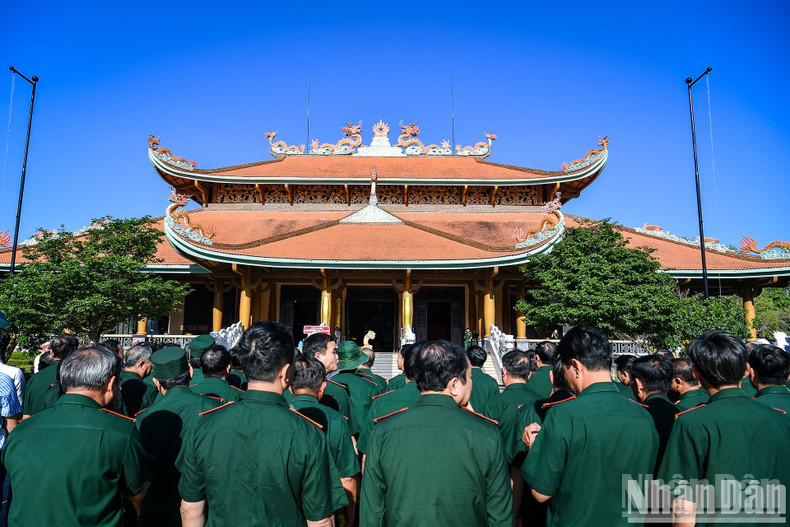 |
| Veterans are also seen gathering at the Ben Duoc Martyrs’ Memorial Temple within the Cu Chi Tunnels Historic Site, honouring the fallen and remembering their shared past. |
 |
| Inside the Ben Dược Martyrs’ Memorial Temple at the Cu Chi Tunnels, granite walls bear the engraved names of heroic martyrs who sacrificed their lives for the nation. More than 45,600 names are etched into the temple walls, honouring Heroic Vietnamese Mothers, national heroes, and martyrs from across the country. |
 |
| Many war veterans have visited the Ben Duoc Memorial, often overwhelmed with emotion as they read the names of their fallen comrades who are proudly honoured here. |
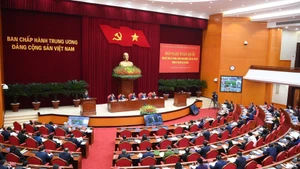
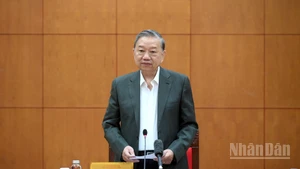
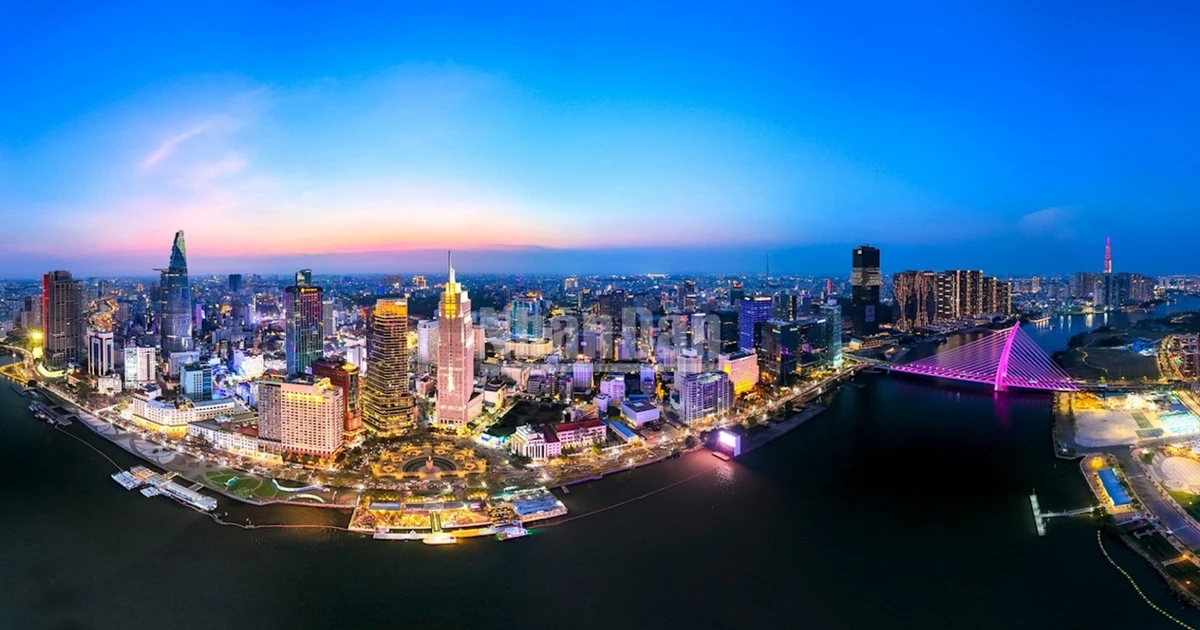
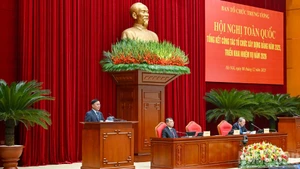
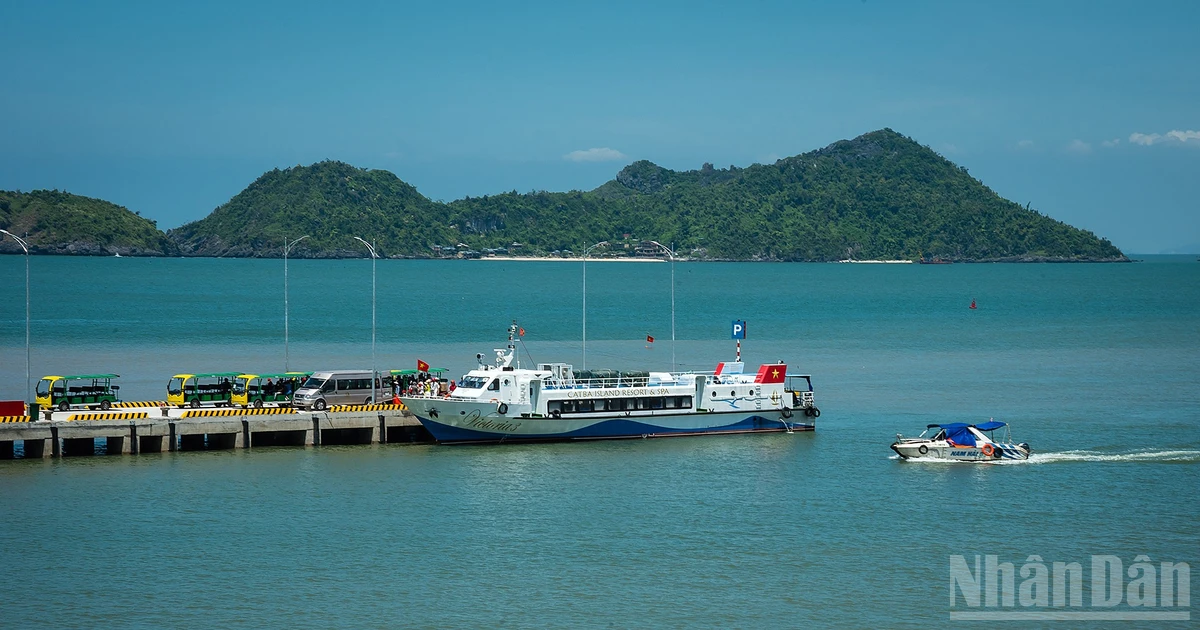
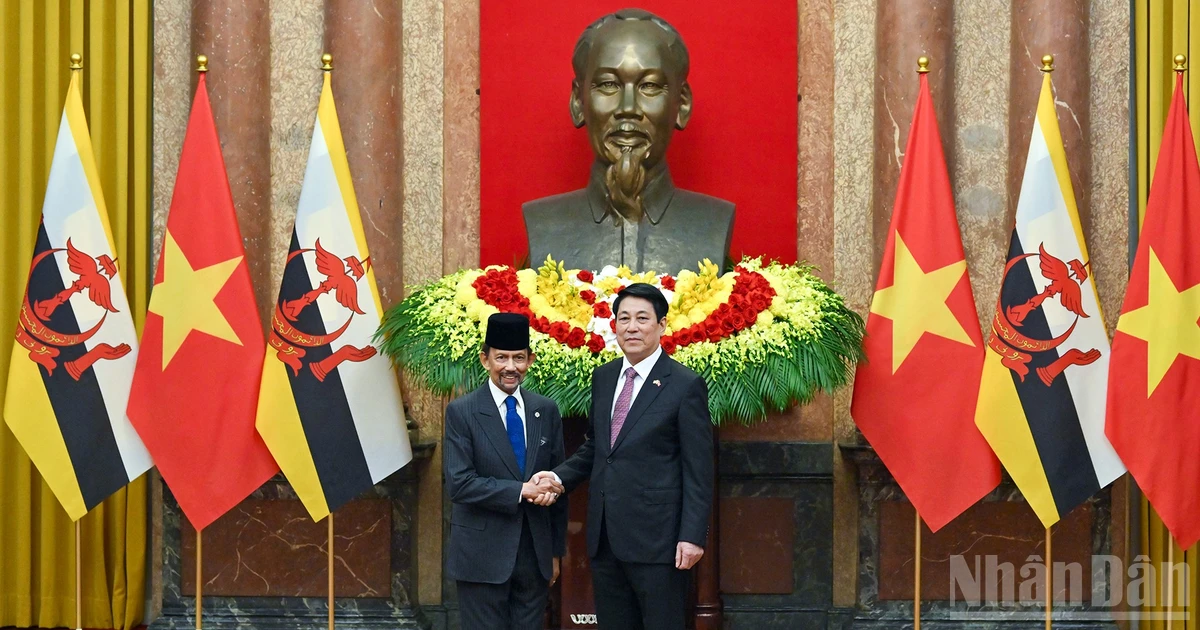



![[In Pictures] President Luong Cuong receives Governor of Kaluga Province](https://en-cdn.nhandan.vn/images/5992a12dd6e78b9bfb434962ff18307331f51c4c3a3e5fcfcd42f0234766d9c450eca9ae12f5f315618dafdb06cbe64c344b9404599dcafdc84ae4ddd5452acc/251125-ctn-3.jpg.webp)

